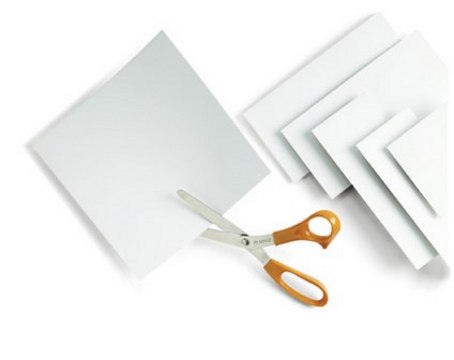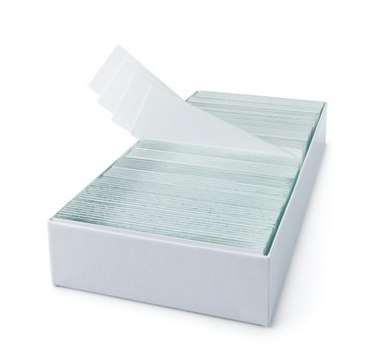1.14296
HPTLC plates, Silica gel 60 RP-18 W
pkg of 25 plates, plate L × W 20 cm × 10 cm, glass support
Synonym(s):
High Performance TLC Plates
About This Item
Recommended Products
material
glass support
silica gel 60 matrix
Quality Level
feature
binder Organic Polymer
fluorescent indicator: no
packaging
pkg of 25 plates
technique(s)
HPTLC: suitable
layer thickness
200 μm
plate L × W
20 cm × 10 cm
particle size
5-6 μm
pore size
60 Å medium pore diameter
storage temp.
2-30°C
General description
Linkage
Analysis Note
Pore volume (N₂-isotherm): 0.74 - 0.84 ml/g
d 50 (laser diffraction, size distribution): 5 - 7 µm
Layer thickness: 150 - 200 µm
Deviation of layer thickness per plate: ≤ 35 µm
Chromatographic testing
hRf-values (cholesterin, cholesterin test): 54 - 66
Certificates of Analysis (COA)
Search for Certificates of Analysis (COA) by entering the products Lot/Batch Number. Lot and Batch Numbers can be found on a product’s label following the words ‘Lot’ or ‘Batch’.
Already Own This Product?
Find documentation for the products that you have recently purchased in the Document Library.
Articles
Nonylphenols (NP) are ubiquitous substances that have been detected in highly diverse foodstuff. As breakdown products of nonylphenol ethoxylates, NP could end up in the aquatic environment. This article presents a rapid method for NP detection in surface water by planar solid phase extraction – planar yeast estrogen screen (pSPE-pYES).
Our team of scientists has experience in all areas of research including Life Science, Material Science, Chemical Synthesis, Chromatography, Analytical and many others.
Contact Technical Service




